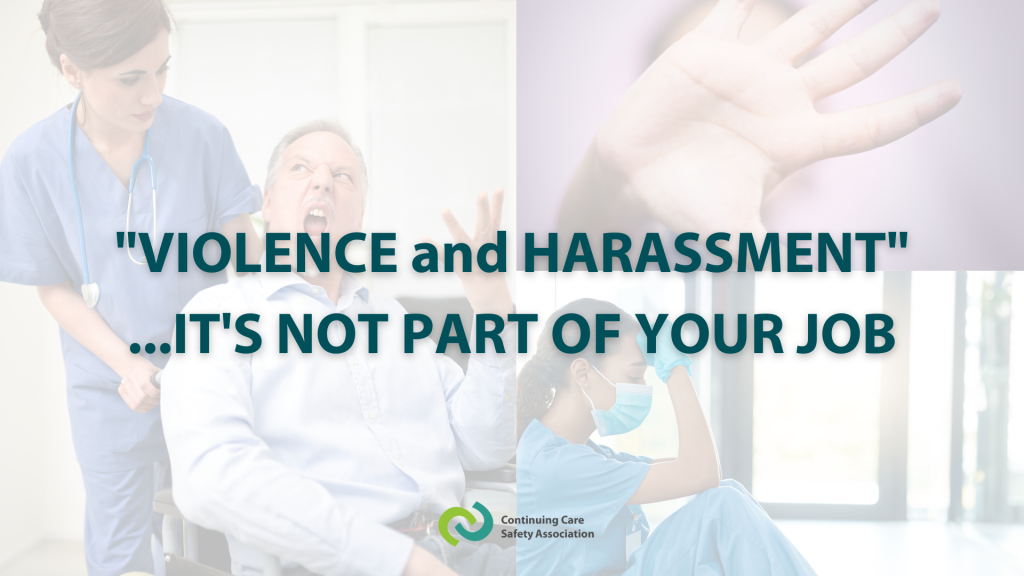Violence and Harassment cannot be tolerated at the workplace...

Violence and Harassment are defined as workplace hazards in Alberta’s OHS Code Part 27
Employers are required to help prevent workplace harassment and violence and address incidents when they do occur.
Part 27 of the OHS Code Requirements:
- define workplace harassment and violence in all forms, including domestic and sexual violence
- require employers to investigate incidents of violence and harassment and take corrective action
- require employers to develop violence and harassment prevention plans
- require review of plans at least once every 3 years
- require employers to advise workers of treatment options if harmed by violence or harassment; workers are entitled to wages and benefits while attending treatment programs
Workplace Violence
Violence, whether at a work site or work related, is defined by the OHS Act as the threatened, attempted or actual conduct of a person that causes or is likely to cause physical or psychological injury or harm and includes domestic or sexual violence. Acts of these types could put workers at risk.
Workplace violence can include:
- physical attack or aggression (e.g. hitting, shoving, pushing or kicking a worker; throwing an object at a worker; kicking an object the worker is standing on, such as a ladder);
- threatening behaviour (e.g. shaking a fist in a worker’s face, wielding a weapon at work, trying to hit a worker, destroying property or throwing objects);
- verbal or written threats (e.g. verbally threatening to attack a worker, leaving threatening notes)
There can be four types of Violence in the Workplace:
- Type I (Criminal Intent): Perpetrator has no relationship to the workplace.
- Type II (Client or Customer): Perpetrator is a client, visitor, or family member of a client at the workplace who becomes violent toward a worker or another client.
- Type III (Worker-to-worker): Perpetrator is an employee or past employee of the workplace.
- Type IV (Personal Relationship): Perpetrator has a relationship with an employee (e.g., domestic violence in the workplace).
Harassment (including bullying) at Work
Harassment, according to Alberta OHS Act, can be a single incident or repeated incidents of objectionable or unwelcome conduct, comment, bullying or action by a person that the person knows or ought reasonably to know will or would cause offence or humiliation to a worker, or adversely affects the worker’s health and safety, and includes
- (i) conduct, comments, bullying or actions because of race, religious beliefs, colour, physical disability, mental disability, age, ancestry, place of origin, marital status, source of income, family status, gender, gender identity, gender expression and sexual orientation, and
- (ii) a sexual solicitation or advance,
Remember health and safety does not just include physical well-being but also psychological and social well-being.
It is not harassment when:
- An employer or supervisor takes reasonable action while managing and directing workers;
- When there are differences of opinion or minor disagreements between co-workers;
- Difficult conditions of employment such as professional practice limitations, organizational changes, financial restricitons, etc.
Domestic Violence in the Workplace
Domestic violence becomes a workplace hazard when it occurs or spills over into the workplace. It may put the targeted worker at risk and may pose a threat to coworkers or other persons at the workplace.
Employers must take reasonable precautions to protect affected workers if they are likely to be exposed to domestic violence at a work site.
Are you building or updating your Workplace Violence and Prevention Program?
Go the extra mile and follow best practice and standards. Check out our assessment tools and resources to improve your Violence and Harassment prevention plans.
